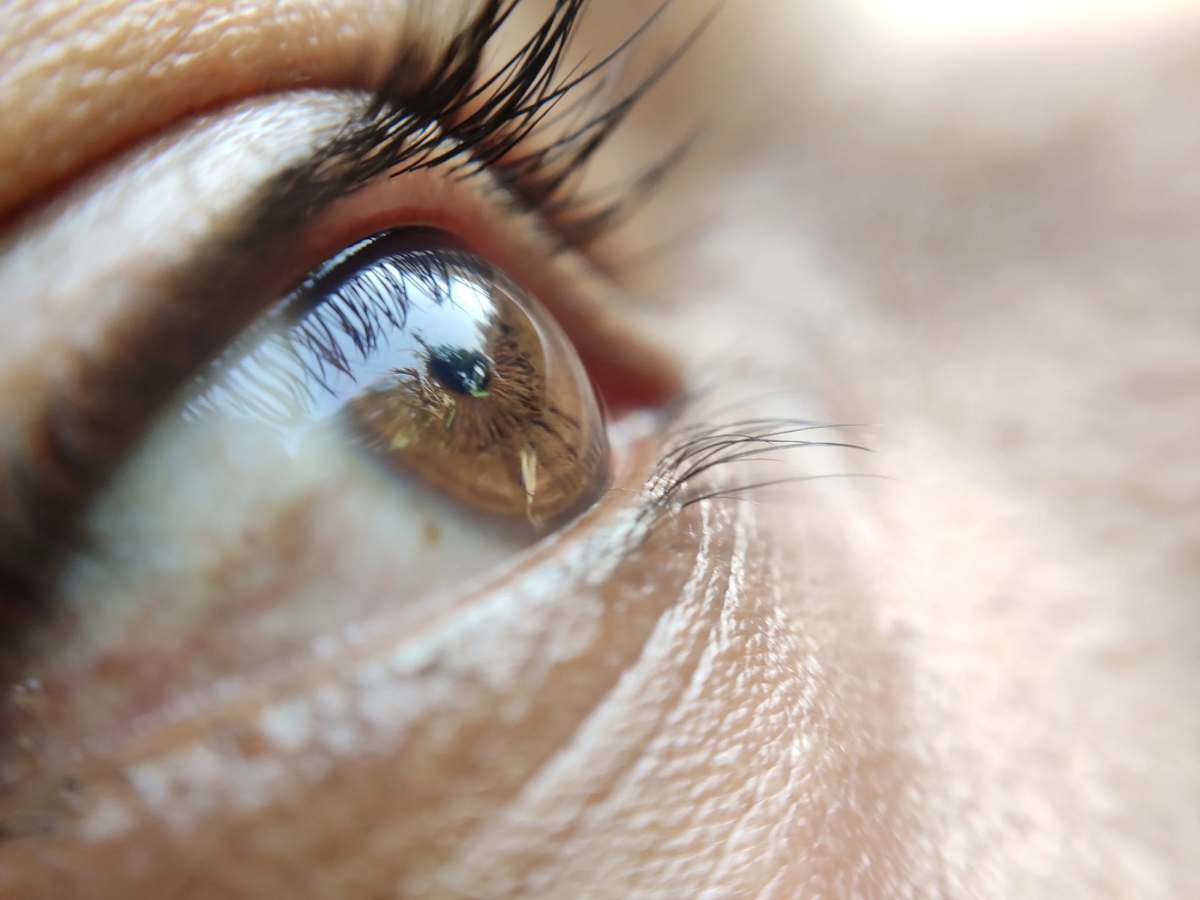Researchers from LVPEI, IITH, and CCMB collaborated to develop a 3D-printed cornea from human donor corneal tissue.

The printed 3D-cornear will need to undergo further clinical testing and development before they can be used in patients. (Creative Commons)
In ground-breaking research, Hyderabad-based researchers have successfully developed a 3D-printed artificial cornea — for the first time in India — and transplanted it into a rabbit’s eye.
Researchers from the LV Prasad Eye Institute (LVPEI), Indian Institute of Technology Hyderabad (IITH), and the Centre for Cellular and Molecular Biology (CCMB) in Hyderabad collaborated to develop the 3D-printed cornea from human donor corneal tissue.
“This can be a groundbreaking and disruptive innovation in treating diseases like corneal scarring (where the cornea becomes opaque) or keratoconus (where the cornea gradually becomes thin),” said LVPEI’s Dr Sayan Basu, one of the lead researchers, in a statement.
The cornea is the clear front layer of the eye that helps to focus light and aids in clear vision. Corneal damage is a leading cause of blindness worldwide, with more than 1.5 million new cases reported every year.
Corneal transplantation is the current standard of care for people with severe disease and vision loss.
According to the researchers, there is a huge gap between the demand and supply of donor corneal tissue worldwide, which is further complicated by the lack of adequate eye-banking networks, especially in the developing world.
Dr Vivek Singh, another researcher from LVPEI, said of the 3D-printed transplant: “It is a product by an Indian clinician-scientist team and the first 3D-printed human cornea that is optically and physically suitable for transplantation.”
He added: “The bio-ink used to make this 3D-printed cornea can be sight-saving for army personnel at the site of injury to seal the corneal perforation and prevent infection during war-related injuries or in a remote area with no tertiary eyecare facility.”
With recent advancements in regenerative medicine and tissue engineering, the researchers from LVPEI, IITH, and CCMB used decellularised corneal tissue matrix and stem cells derived from the human eye to develop a unique biomimetic hydrogel (patent pending) that was used as the background material for the 3D-printed cornea.
This cornea is composed of materials deriving from human corneal tissue. It is biocompatible, natural, and free of animal residues.
In addition, since the tissue used for this technology is derived from donor corneas that do not meet the optical standards for clinical transplantation, this method also finds a unique use for donated corneas that would otherwise be discarded.
“Although corneal substitutes are being actively researched throughout the world, these are either animal-based or synthetic. Pig or other animal-based products are unsuitable for India,” said Singh.
“This cornea can be printed in various diameters from 3 mm to 13 mm, and can be customised based on the specifications of the patient. This can potentially offer a solution to the shortage of donor corneas for transplantation and has great clinical significance,” he added.
However, the printed corneas will need to undergo further clinical testing and development before they can be used in patients, and this may take several years.
“It will be interesting to see how the bio-printed cornea would integrate and contribute to vision restoration by modulation of the pathological microenvironment,” said Dr Bokara Kiran Kumar, a Senior Scientist at CCMB and one of the researchers.
There is research ongoing on the development of 3D organs, but the biggest challenge is to get the organs to function as they should.
As of now, 3D printing in healthcare is used to create living human cells or tissues for regenerative medicine and tissue-engineering purposes.
US-based company Organovo was the first to successfully engineer commercially available 3D-printed human livers and kidneys.

Jul 26, 2024

Jul 26, 2024

Jul 26, 2024

Jul 26, 2024

Jul 26, 2024

Jul 26, 2024